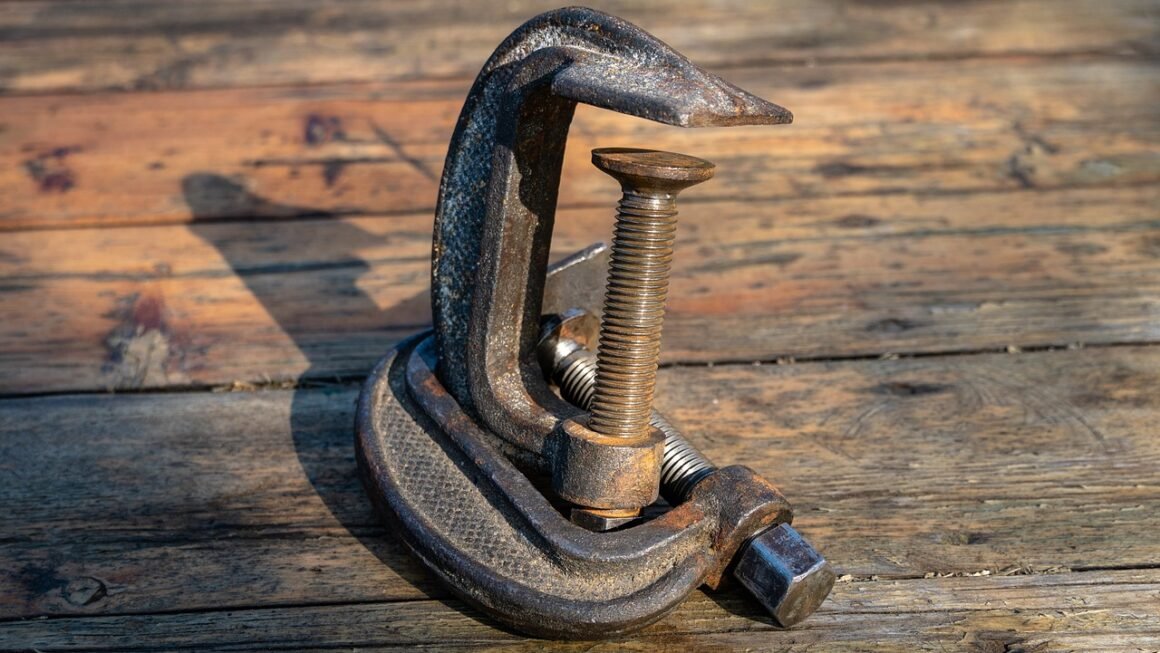Cordless drills have revolutionized DIY and professional construction, offering unparalleled freedom and convenience. No longer tethered to a power outlet, you can tackle projects anywhere, from assembling furniture in your apartment to building a deck in your backyard. But with a dizzying array of options available, choosing the right cordless drill can feel overwhelming. This comprehensive guide will delve into everything you need to know to select the perfect cordless drill for your needs, ensuring you get the most out of your investment.
Understanding Cordless Drill Basics
Voltage and Power
The voltage of a cordless drill directly correlates to its power. Higher voltage generally means more torque and the ability to handle tougher tasks. Here’s a breakdown:
- 12V Drills: Ideal for light-duty tasks like assembling furniture, driving small screws, and drilling pilot holes. These are often lighter and more compact.
- 18V-20V Drills: The most common and versatile option. They strike a good balance between power and weight, suitable for a wide range of projects, including drilling into wood, metal, and masonry (with the right bit). Note that some manufacturers market their 18V tools as 20V max, as the maximum initial battery voltage without workload is 20 volts.
- 24V+ Drills: Designed for heavy-duty applications like construction, framing, and working with thick materials. They offer the most torque and runtime but are generally heavier and more expensive.
Example: If you’re primarily assembling IKEA furniture, a 12V drill will suffice. But if you’re planning on building a shed, you’ll need the power of an 18V or 20V drill.
Battery Technology
The type of battery used in a cordless drill significantly impacts its performance and longevity. Here’s a comparison of common battery types:
- Nickel Cadmium (NiCd): Older technology, less common now. NiCd batteries suffer from “memory effect” (reduced capacity if not fully discharged before recharging) and are less environmentally friendly.
- Nickel-Metal Hydride (NiMH): An improvement over NiCd, offering higher capacity and less memory effect. However, they are still heavier and less efficient than lithium-ion batteries.
- Lithium-Ion (Li-Ion): The current standard. Li-ion batteries are lightweight, have high energy density, and don’t suffer from memory effect. They also have a lower self-discharge rate, meaning they hold their charge for longer when not in use.
Practical Tip: Always opt for a cordless drill with lithium-ion batteries. Consider purchasing extra batteries to extend your runtime on larger projects. Look for batteries with integrated fuel gauges to easily monitor the remaining charge.
Key Features to Consider
Chuck Size and Type
The chuck is the part of the drill that holds the drill bit. The size refers to the maximum shank diameter of the bit it can accommodate. Common chuck sizes are:
- 3/8 inch: Suitable for smaller bits and lighter tasks.
- 1/2 inch: More versatile and can handle larger bits for heavier-duty drilling.
There are two main types of chucks:
- Keyed Chuck: Requires a chuck key to tighten and loosen the bit. Offers a secure grip but can be less convenient.
- Keyless Chuck: Can be tightened and loosened by hand, making bit changes faster and easier.
Example: If you plan on using larger drill bits for drilling into thick wood, a 1/2-inch keyless chuck is recommended for convenience and versatility.
Speed and Torque Settings
Cordless drills typically have multiple speed settings and adjustable clutch settings for controlling torque. Higher speed is ideal for drilling, while lower speed and higher torque are better for driving screws.
- Speed Settings: Allow you to adjust the speed of the drill to match the material and the task. Most drills have two speed settings: a lower speed for driving screws and a higher speed for drilling.
- Clutch Settings: Control the amount of torque applied to the screw. A higher clutch setting delivers more torque, while a lower setting reduces the risk of stripping screw heads.
Practical Tip: Start with a low clutch setting and gradually increase it until the screw is driven to the desired depth without stripping. A drill with variable speed control offers maximum precision and control.
Ergonomics and Design
The ergonomics of a cordless drill can significantly impact comfort and ease of use, especially during prolonged use. Consider the following:
- Weight: A lighter drill is easier to handle and reduces fatigue.
- Grip: Look for a drill with a comfortable and ergonomic grip that fits well in your hand. Rubberized grips provide better control and reduce slippage.
- Balance: A well-balanced drill is easier to control and maneuver.
- LED Light: A built-in LED light illuminates the work area, improving visibility in dark or confined spaces.
Example: If you have smaller hands, look for a compact and lightweight drill with a slim grip.
Types of Cordless Drills
Drill/Drivers
The most common type of cordless drill, designed for both drilling holes and driving screws. They typically have adjustable clutch settings and multiple speed settings.
Impact Drivers
Designed specifically for driving screws, impact drivers deliver rotational force in short bursts, making them more efficient and less likely to strip screw heads, especially when working with long screws or tough materials. They are characterized by a distinct “impact” sound during operation.
Hammer Drills
Combine drilling with a hammering action, making them suitable for drilling into masonry and concrete. They are more powerful than standard drill/drivers but less specialized than rotary hammers.
Rotary Hammers
Heavy-duty tools designed for drilling large holes in concrete and masonry. They use a piston mechanism to deliver powerful hammering blows, making them much more efficient than hammer drills for demanding applications.
Practical Example: If you frequently work with drywall or wood screws, an impact driver is a valuable addition to your toolkit. For hanging shelves on a brick wall, a hammer drill is essential.
Choosing the Right Cordless Drill for Your Needs
Assessing Your Projects
Before purchasing a cordless drill, consider the types of projects you’ll be tackling most often. Ask yourself:
- What materials will I be drilling into (wood, metal, plastic, masonry)?
- What size holes will I be drilling?
- What types of screws will I be driving?
- How often will I be using the drill?
- What is my budget?
Matching Features to Requirements
Once you have a clear understanding of your needs, you can start to narrow down your options. Consider the following recommendations based on common scenarios:
- DIY Enthusiast: An 18V drill/driver with a 1/2-inch keyless chuck, variable speed control, and adjustable clutch settings is a good all-around choice.
- Professional Carpenter: An 18V or 20V drill/driver and an impact driver combo kit will provide the versatility and power you need for most jobs.
- Homeowner: A 12V drill/driver is sufficient for light-duty tasks and occasional projects.
Reading Reviews and Comparing Brands
Before making a final decision, read online reviews from other users and compare different brands and models. Consider factors such as:
- Reliability and durability
- Battery life
- Customer support
- Warranty
- Price
Popular brands known for producing high-quality cordless drills include DeWalt, Makita, Milwaukee, Bosch, and Ryobi. Each brand has its strengths and weaknesses, so do your research to find the best fit for your needs and budget.
Conclusion
Choosing the right cordless drill involves understanding your specific needs, evaluating key features, and comparing different options. By considering the factors outlined in this guide, you can make an informed decision and invest in a tool that will provide years of reliable service and help you tackle any project with confidence. Remember to prioritize battery technology, voltage, chuck size, and ergonomics to maximize your investment and enjoy the freedom of cordless power.




